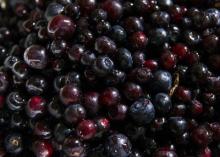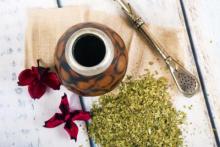Superfood 101: Parsnips!
Parsnips are a member of the family Apiaceae, commonly known as the carrot family, which contains ninety-one genera and includes parsnips or Pastinaca L. The plant originally was found from the Mediterranean to the Caucasus region of Asia and was cultivated from the wild parsnip.










